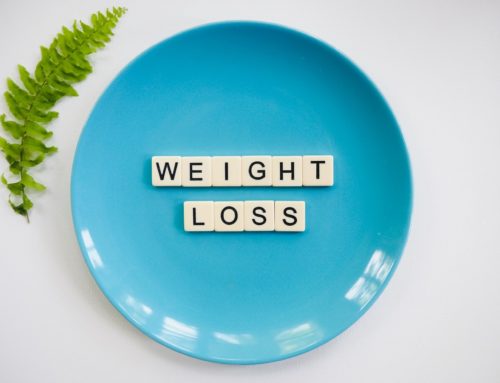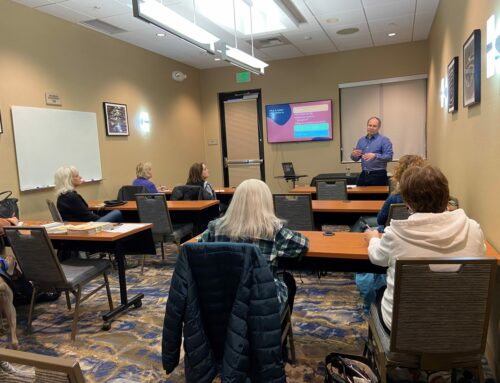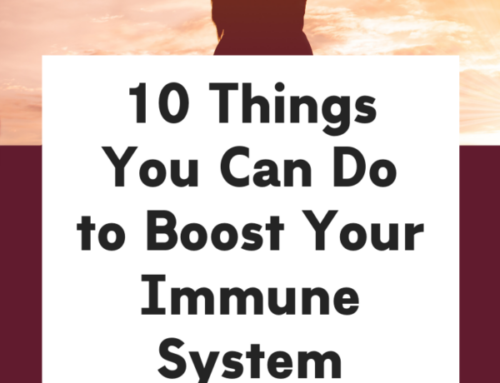As mentioned in a previous article rate, rhythm, and tone are the key measurements of heart health. Rate is the speed at which the heart beats. This is influenced by the autonomic nervous system and two key minerals: potassium and phosphorus. This was featured in the previous article. Rhythm refers to how blood moves through the vasculature. This is influenced by the integrity of the vasculature tissues, electrical signaling, rutin (part of the Vitamin C complex), and by the mineral calcium. Rhythm will be discussed in this article with particular focus on vascular integrity. Tone refers to the muscular strength of the heart. This is influenced primarily by Vitamins B, C, and E. Tone will be addressed in the next article.
One of the key elements to cardiovascular health is vascular integrity, particularly of the capillaries, the tiniest component of the circulatory system, that make up approximately 60% of the vasculature. They transfer blood from the arteries to the veins and are considered the weakest spot of the system. Damage to the vasculature will cause leaky blood vessels which may ultimately result in ruptures and clots. This will inhibit the smooth flow of blood through the circulatory system.
Ruptures cause blood and oxygen to leak which will reduce overall energy and efficiency of the heart creating conditions for a variety of disease pathways; while clots lead to strokes. Clots initially will inhibit blood flow, but will eventually break off and float around the blood stream causing more damage when an organ is cut off from receiving oxygen via the blood.
Rutin, part of the Vitamin C complex (note the complex, not ascorbic acid as found in most supplements) is a critical nutrient as it has been found to prevent capillary damage, protect against strokes, break up blood clots, prevent protein degeneration, and even protect against X-rays. While some Harvard researchers claimed credit for discovering this in 2012, it is well documented in writings from 1947!
The best source of rutin is buckwheat, but it is also prevalent in onions and tea. Harvard Magazine said, “Indeed, if scientists had tried to design a clot-preventing molecule, they could scarcely have created one more perfect than rutin.” The Journal of Clinical Investigation calls rutin a “therapy for the prevention and treatment of stroke and heart attack, as well as deep venous thrombosis (DVT) and pulmonary embolism.”
Rutin (also known as a flavonoid and originally referred to as Vitamin P) is part of the Vitamin C complex. I have written in the past the difference between vitamin complexes and synthetic vitamins. On most vitamin bottles you will see Vitamin C labeled as ascorbic acid. They are not the same! Ascorbic acid is the outer layer of the Vitamin C complex which contains several other factors.
An article in Collier’s (March 15, 1947) points out the failure of ascorbic acid to cure certain deficiency diseases including capillary fragility due to the lack of the full C-Complex. The article continues, “Rutin has been valuable in treating many bleeding diseases due to fragile capillaries…”
Here’s a little more insight into how this works in your body. The lining of the capillaries is a single layer of cells (endothelium). Behind the endothelium are the muscle cells of the vessels which are made primarily of collagen (the main protein making up these muscle cells and also the main protein in your body holding it together!). Collagen is made from protein, Vitamin C and Vitamin P (rutin). Collagen fibers add strength, density, and flexibility to the walls of the blood vessels; thus making them more resistant to damage.
An injury to the vessel lining exposes collagen fibers which platelets in the blood adhere to. At the same time platelets release chemicals that make nearby platelets sticky and a clot is formed. The most common form of a heart attack occurs when a blood clot blocks a coronary artery. Stroke occurs when a clot obstructs an artery supplying blood to the brain.
But there’s more to the rutin story. A 2012 study published in the International Current Pharmaceutical Journal found that rutin also breaks up existing clots!
In summary, we have learned that rutin prevents clots by strengthening the blood vessels and it also can break up existing clots. That’s powerful stuff! And, while I don’t have space here to provide the details, it also has been shown to prevent harm from exposure to x-rays – again this is due to its properties in strengthening blood vessel walls to prevent hemorrhaging which is a result of excess radiation. This comes from a Science magazine article from 1948!
Bernard Rosen, PhD is a Nutrition Consultant and Educator. He works with individuals, groups, and at corporations to create individualized nutrition and wellness programs. His office is in Coeur d’Alene, ID. To learn more or to schedule an appointment, e-mail at bernie@brwellness.com, call (208) 771-6570 or go to www.brwellness.com.







